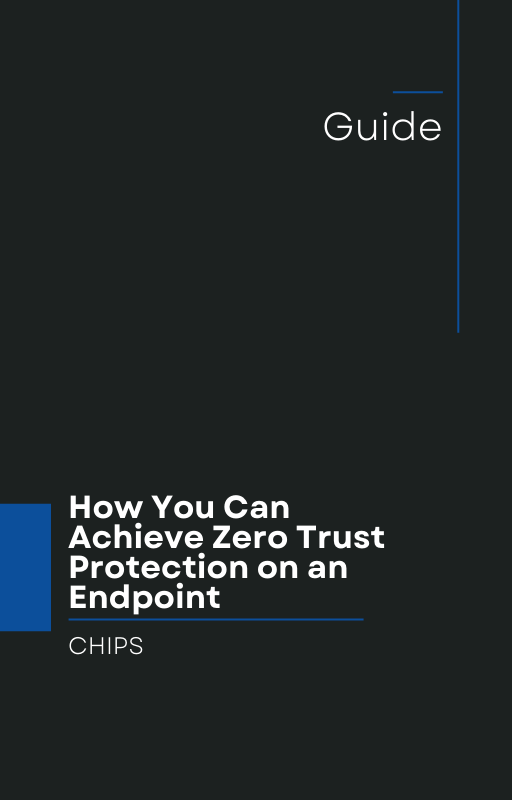Ransomware Set to Escalate: Are You Prepared?
A recent report by QBE Insurance Group warns of a looming surge in ransomware attacks. According to the insurer’s findings, publicly disclosed ransomware victims listed on leak sites are projected to rise from around 5,010 in 2024 to more than 7,000 by the end of 2026, representing a roughly 40 % increase. Insurance Times+3QBE Europe Facebook+3Cyber Magazine+3
As businesses rapidly adopt cloud infrastructures, AI tools and outsource components of operations, attackers are finding more pathways to penetrate and disrupt systems. The report highlights that the convergence of cloud growth, third-party risk and generative AI is reshaping the cyber-threat landscape.
If you’re a business owner, this isn’t a distant risk—it’s heading your way. And if your security strategy still relies primarily on detection and response, you may already be behind.
Why the Risk Is Accelerating
Let’s unpack the major drivers behind this sharp rise:
1. Cloud and data proliferation
Data volumes across the globe are ballooning—by some estimates hitting 200 zettabytes in 2025, with roughly half of that stored in the cloud. As more critical assets and third-party services migrate to the cloud, they become richer attack surfaces for ransomware operators.
2. Generation of AI-powered attacks
Cybercriminals are now using generative AI and automation to script phishing campaigns, craft deep-fake extortion and scale ransomware tools. QBE’s report says deepfakes featured in nearly 10 % of successful cyberattacks in 2024.
3. Supply-chain and third-party dependencies
One compromised vendor or cloud service can cascade into multiple business impacts. The report flags how even when your direct façade appears secure, your risk may lie in the weak link you trusted.
4. The limitations of detect-and-respond
Traditional security strategies favour detection of threats, then responding once an alert is triggered. But with attackers automating their chains, penetrating faster, and moving laterally in the cloud, many threats are bypassing detection altogether or are discovered too late.
Why You Must Move Beyond “Detect and Respond”
With the trends above, business owners must recognise a hard truth: detecting threats is no longer enough. Speed, stealth, and automation are favouring adversaries. That means your reliance on alerts, retrospective response and incident playbooks has become a vulnerability.
What’s needed is a shift toward isolation and containment—making sure even when an attacker gets in or malware executes, it cannot spread, cannot encrypt or extort at scale, and your operations remain intact.
That’s where modern endpoint protection must evolve.
Introducing AppGuard: Proven Isolation & Containment for Endpoints
Enter AppGuard — a solution purpose-built for the era of rapid ransomware escalation, cloud proliferation and AI-driven threats. Here’s why it stands out:
-
A 10-year track record of protecting endpoints in complex and high-risk environments.
-
Engineered around the principle of isolation and containment, not just detection. Instead of waiting to spot malicious behaviour, AppGuard limits its ability to execute or spread.
-
Commercially available now, giving businesses the chance to adopt enterprise-grade protection previously reserved for mission-critical systems.
-
Because many of today’s attacks—like those using AI or targeting cloud systems—move too quickly for detection alone, AppGuard’s containment model ensures the breach is mitigated before it becomes an incident.
For example, in scenarios where AI-written malware tries to exploit zero-day vulnerabilities, or attackers re-purpose EDR-silencing tools to evade detection, the containment model ensures that even an unknown exploit cannot execute across your environment unchecked.
What Business Owners Must Do Now
Given the QBE forecast and the evolving threat environment, business leaders should act now. Here are key steps:
-
Map your critical assets and risk exposures—especially those in cloud or third-party systems. (QBE emphasises this in its recommendations)
-
Review your endpoint protection strategy—ask whether it still treats security as “detect and respond”, or whether it actively prevents execution and spread of threats.
-
Adopt solutions that emphasise isolation and containment, not just alerts. AppGuard is such a solution.
-
Test your readiness—simulate scenarios where a malicious payload executes, and verify whether your endpoints can withstand it.
-
Ensure supply-chain visibility—understand every third-party connection, every vendor service you rely on, and ensure they are secure. QBE warns each external provider is a potential new risk vector.
Your Next Move: Protect Your Business Before You’re the Headline
With ransomware incidents projected to rise by ~40 % by 2026, the window to stay ahead is narrowing. The traditional strategy of detection and response is no longer sufficient in an age of AI-driven attacks, vast cloud expansion and supply-chain vulnerabilities.
If you’re serious about protecting your business, your data, your reputation and the trust your clients place in you, don’t wait for an alert or breach to force you into action. Instead, adopt a proactive posture built around isolation and containment—with AppGuard as your endpoint protection foundation.
Ready to act? Talk with us at CHIPS today about how AppGuard can prevent this type of incident in your business. Let us help you move beyond “Detect and Respond” and adopt “Isolation and Containment” as your strategic defense.
Contact us now to schedule a consultation—and get ahead of the surge. Your business can’t afford to wait.
Like this article? Please share it with others!

October 28, 2025

Comments